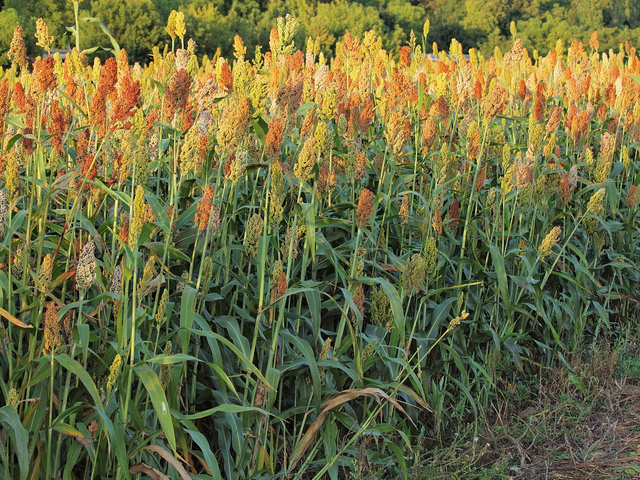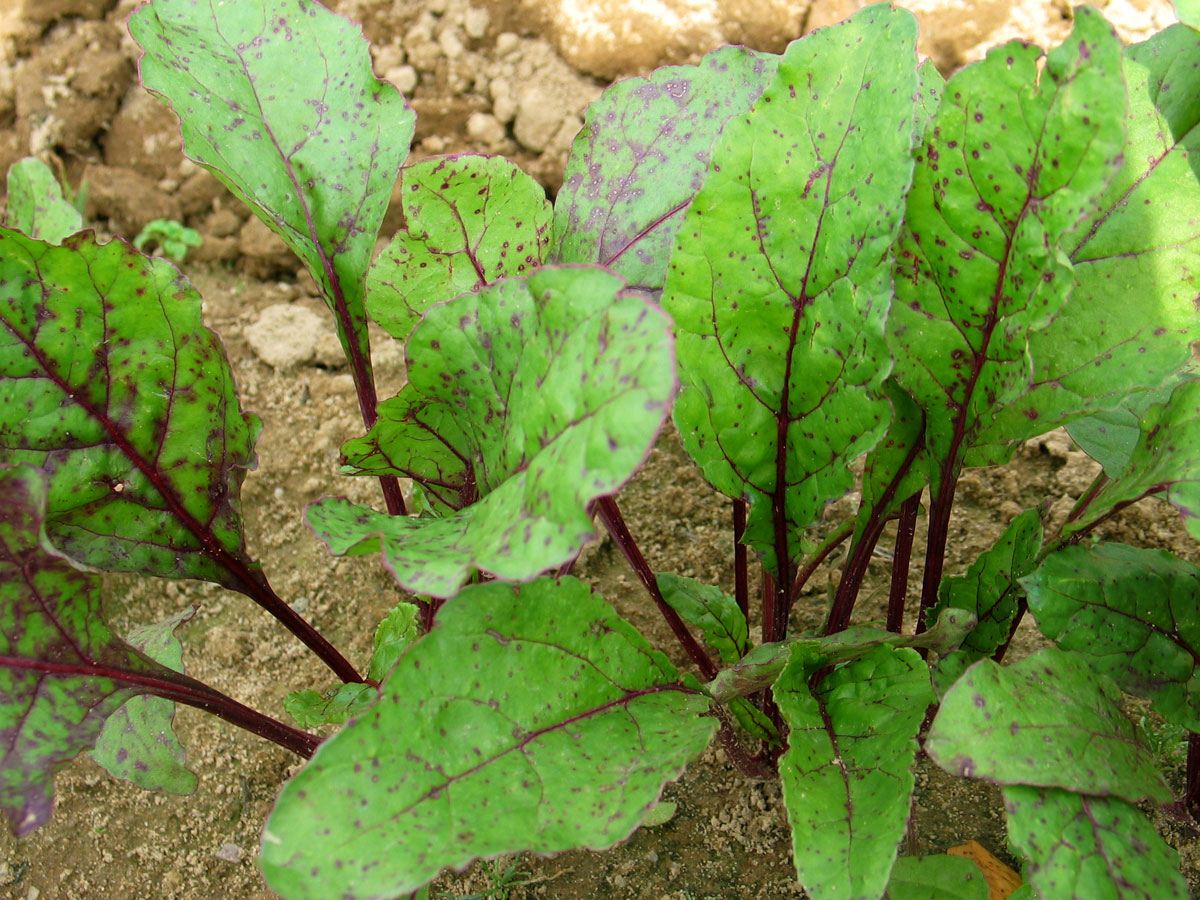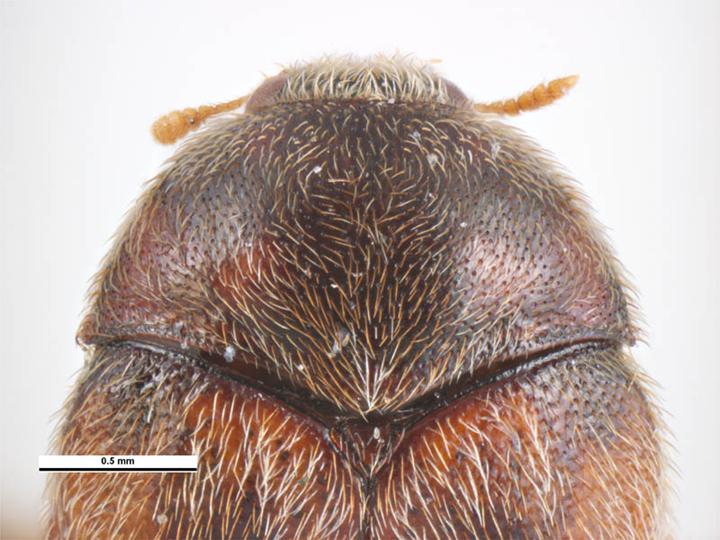P.W. Muturi, P. Rubaihayo, M. Mgonja, S. Kyamanywa, J. Kibuka, H.C. Sharma
Department of Agricultural Production, Makerere University P.O. BOX 7062, Kampala, Uganda
International Crops Research Institute for Semi-Arid Tropics, P.O. Box 39063-00623, Nairobi, Kenya
International Crops Research Institute for the Semi-Arid Tropics, Patancheru 502324, Andhra Pradesh, India
Key words: Sorghum bicolor, Chilo partellus, resistance, tolerance.
 Abstract
Abstract
The lepidopteran Chilo partellus Crambid, an introduced pest in East and southern Africa from Asia, is the most economically important stem borer species infesting cereals in Africa. Chilo partellus causes more than 40% yield loss in sorghum in East Africa. Cultural strategies, biological control using parasitoids, as well as pesticides are being employed, but are either ineffective or uneconomic for resource constrained farmers in cereal production. Thus host resistance remains the most economic viable strategy. Sorghum is an African crop and has thus co-evolved with several pests, inherently developing resistance to them as well as C. partellus. Moreover, C. partellus is exotic with limited sources of resistance in local sorghum. Sorghum from other ecologies with a long history of C. partellus infestation could thus provide additional and new sources of resistance. The objective of this study was to evaluate a panel of local and exotic sorghum genotypes for resistance to C. partellus. Seven genotypes from East Africa and twenty from India were evaluated at Kiboko, Kenya, for tolerance/resistance to C. partellus during long- and short-rainy seasons of 2010. Test plants were artificially infested with five stem borer neonates, and data were recorded on leaf feeding, deadhearts, stem tunneling and exit holes as well as agronomic parameters. Based on selection index generated, genotypes ICSA 472, ICSA 473, ICSV 700 and ICSA 464 were resistant owing to antibiosis and antixenosis mechanisms of resistance. These genotypes can be used in sorghum improvement to develop cultivars with high grain yield and resistance to C. partellus.
Get the original articles in Source: Volume 2, Number 8, August 2012 – IJAAR
Published By: International Journal of Agronomy and Agricultural Research (IJAAR)
Related Post: White blood cells, smoking and exercise training
 David Sewordor Gaikpa, Richard Akromah, James Yaw Asibuo, Zippora Appiah- Kubi, Daniel Nyadanu
David Sewordor Gaikpa, Richard Akromah, James Yaw Asibuo, Zippora Appiah- Kubi, Daniel Nyadanu


